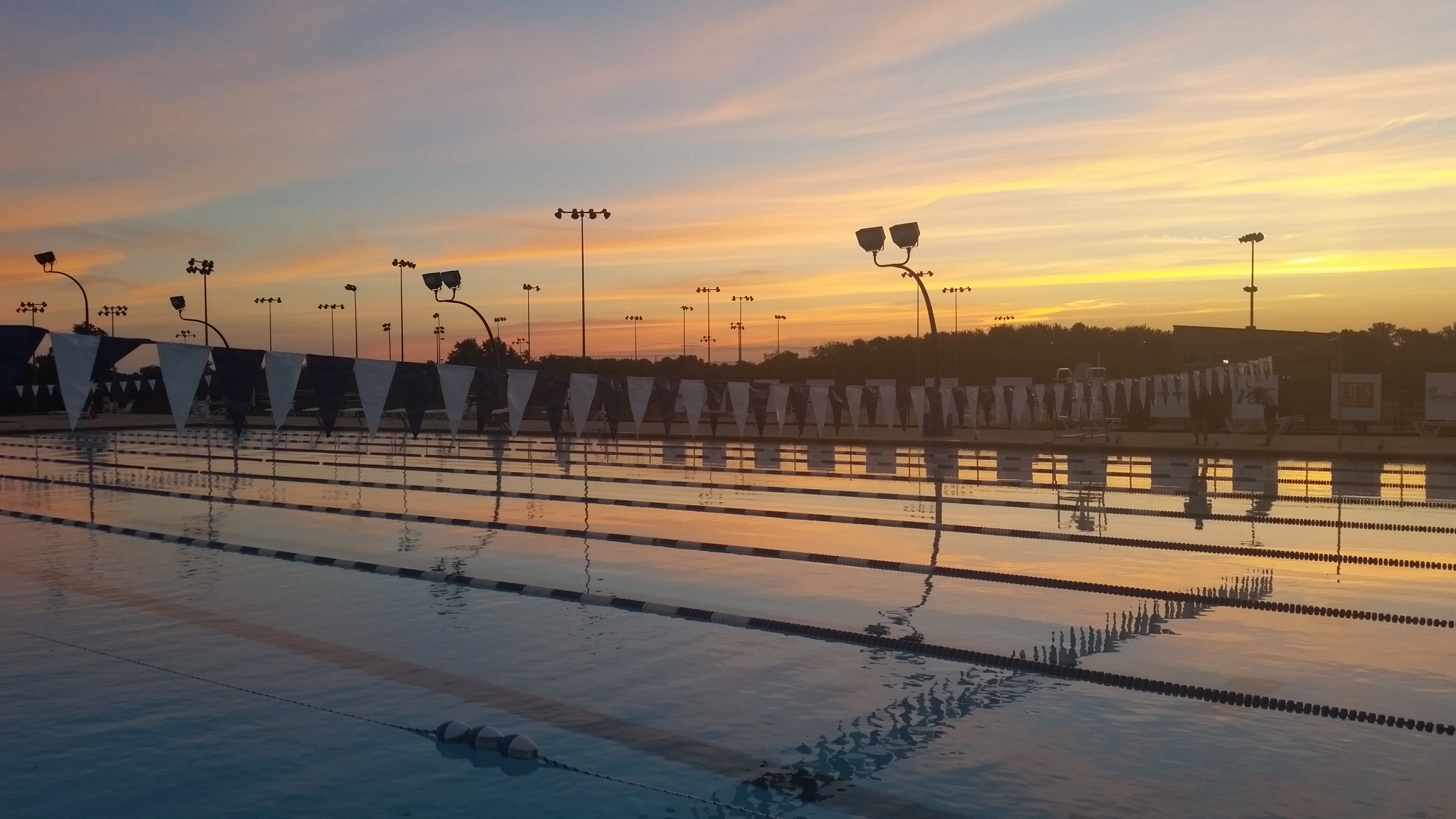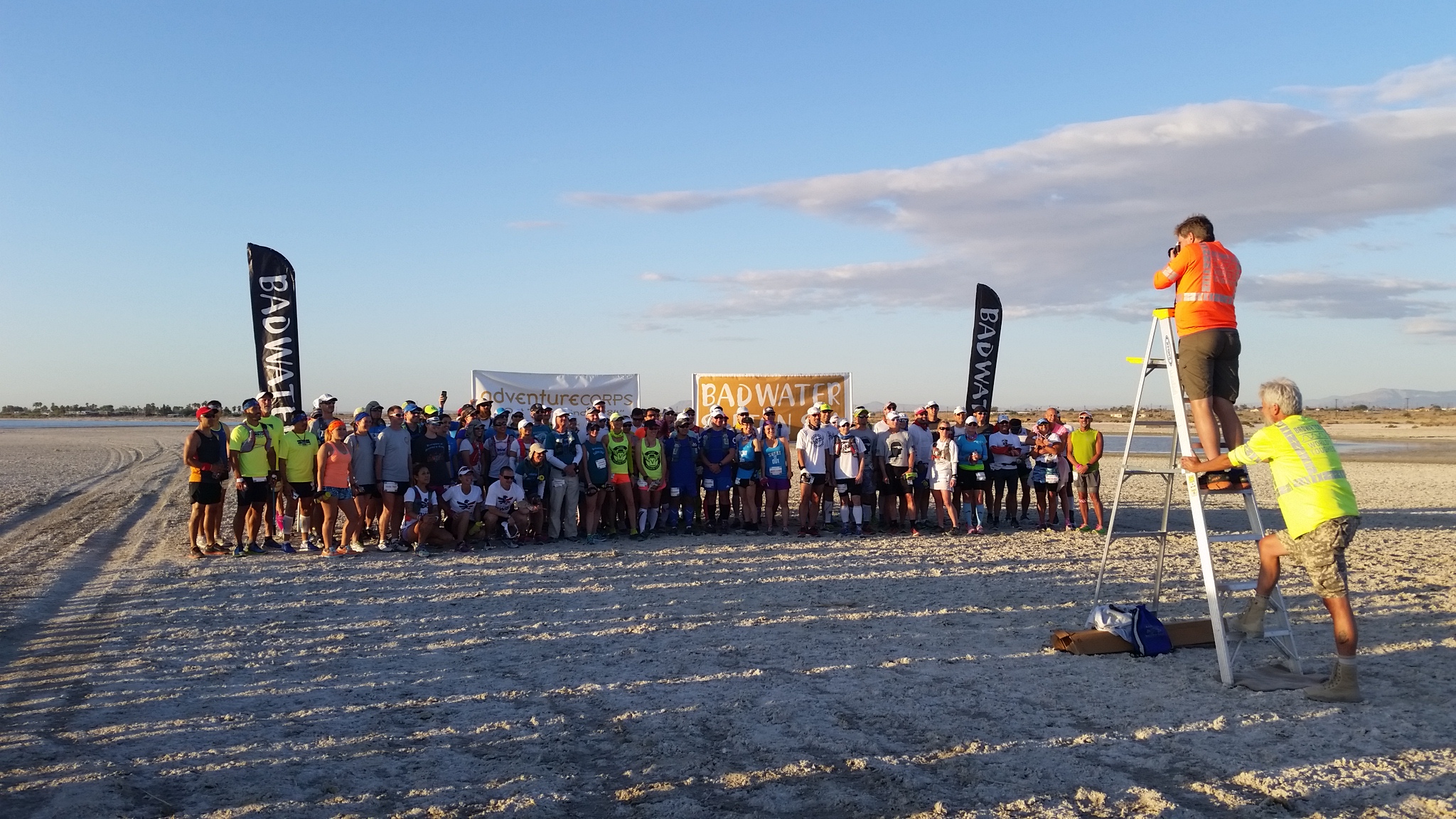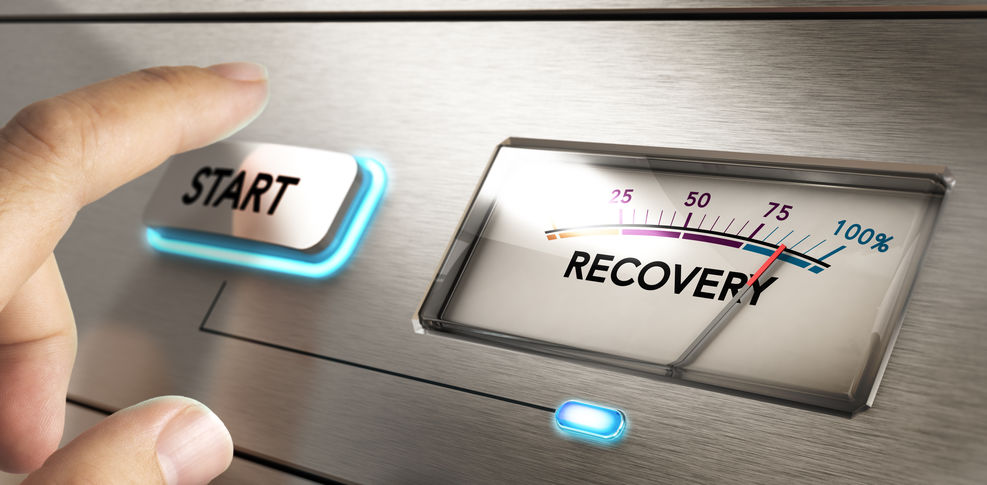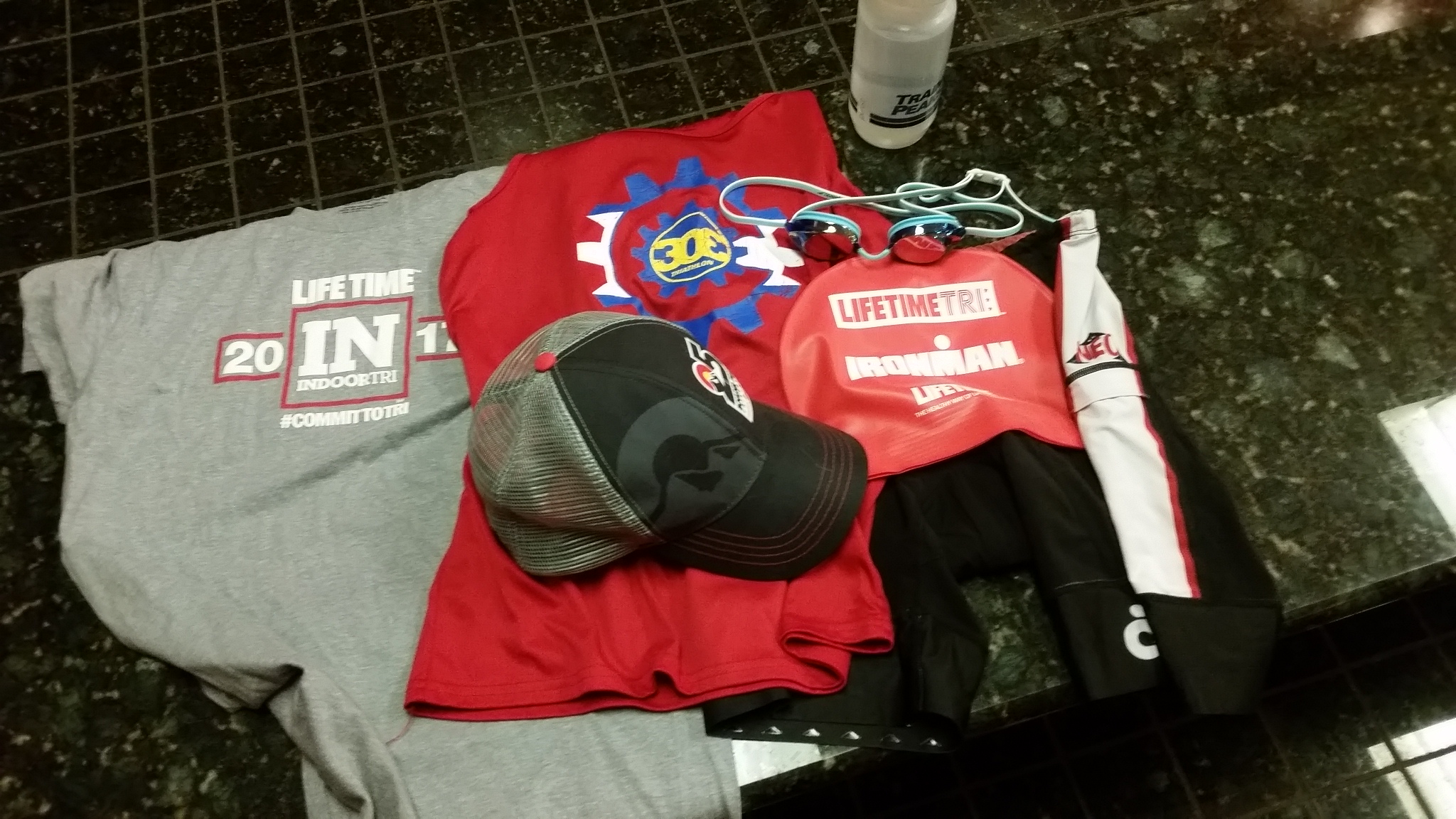I was walking home from the pool earlier this week a question crossed my mind – why did I swim? I didn’t have to swim, as I’m not training for a triathlon right now, and I don’t even have a 2020 race on my radar yet. But there I was getting in a 2100 yard workout. So why was I swimming? Because when I got back in the pool last month for the Indoor Triathlon, I realized how much I enjoy the feeling of a swim workout. If you know me, I’m not a fast swimmer, so I don’t swim to be competitive. With no upcoming event to train for, I swim because how I feel after a swim workout is amazing.
You may remember from my last post I’m in a graduate program for health promotion, and one of the topics we are studying now is motivation. In the “behavior world” there are several types of motivation. You may be familiar with the terms intrinsic and extrinsic motivation, but it turns out it can be broken down even further, and the categories are very applicable in the realm of physical activity. Let’s look at the basic motivation spectrum, which is a part of something called Self Determination Theory, and you can see where your physical activity behaviors might fit.
Amotivation
This is the bottom of the spectrum – no motivation. People experiencing amotivation are simply not motivated to do physical activity and don’t see any reason to. If you are reading my blog, this probably isn’t you as it relates to physical activity. 🙂
Next we look at extrinsic motivation, which is broken down into 4 sub-categories.
External Regulation
These are the people that engage in physical activity because they are told they must and do so to avoid some kind of punishment. Think of the doctor, or even friends and family, who may tell someone they should workout to lose weight or for another reason. Those experiencing external motivation participate in physical activity just so they can avoid that shame or scolding. These are the people that say, “I have to exercise, but if it were up to me, I wouldn’t.”
Introjected Regulation
Someone with introjected regulation will still be driven to physical activity from an external force, but they have some kind of internal reward for doing it. But that reward is often avoiding guilt or trying to gain a feeling of self-worth. Have you ever gone to a workout just because you knew your friend was waiting for you? While afterwards you might have been glad you did the workout, if the only reason you were there is because your friend was counting on you (and you would have otherwise slept-in or put on the next Netflix show), that’s introjected regulation.
Identified Regulation
Next in the extrinsic hierarchy is identified regulation, which is when physical activity (or any behavior) becomes personally important and valued. Someone with identified regulation will be aware that physical activity is important for long-term health, and long-term health is something they deem valuable, so they make the choice to exercise. It could also be that you want to learn a new skill. For example, if a triathlon is on your bucket list so you sign up and get the workouts done to be successful, you are likely seeing identified regulation at work.
Integrated Regulation
This is the fourth form of extrinsic motivation, but it is pretty close to crossing the intrinsic line. Integrated regulation is when a behavior, like physical activity, is fully integrated into your life. These are the life-long athletes that seem to always be training for something. These are the people that do yoga everyday because they feel it improves their quality of life. There is still a purpose for what they are doing (e.g. race performance, or stress relief) which makes it extrinsic, but the behavior is clearly a part of their life.
Intrinsic Motivation
Intrsinic motivation may be considered the holy grail for physical activity, because it is doing something for the pure joy of doing it. Remember when you were a kid and you just played at the park for hours with your friends because it was fun? That’s intrinsic motivation. It’s hopping on a bike and feeling the wind in your face, not because you need to train, not because you want to exercise, but because riding a bike is simply enjoyable. Once we get out of high school, however, adult life often precludes us from this intrinsic experience, except perhaps when we are on vacation and not bound by schedules.
Where is your motivation?
The reason I shared this with you is because I think it is useful to take a look at the physical activity you do and why. How much “I have to do this” is there? How much are you doing just because it is the “cool” thing to do? Are you involved in something because you feel you need to be accepted by your friends or the social media crowd? Or is it something that you value, so you want it to be a part of your life? Or maybe it is helping you reach a goal and learn new skills. Hopefully over time the physical activity gets integrated into your life, not because you are forced to or to be “accepted,” but because you enjoy it and appreciate the benefits it has on other areas of your life.
Please, on occasion, leave the technology at home, don’t turn on Strava, and go ride or run or swim just because it makes you feel like a kid again. Be physically active and find YOUR active.
Thanks for the opportunity to share this and help me reinforce my studies!








